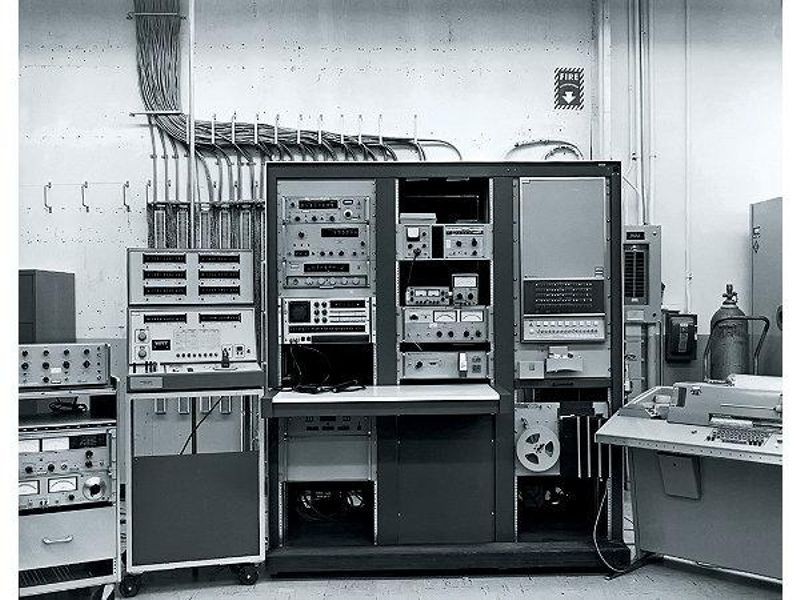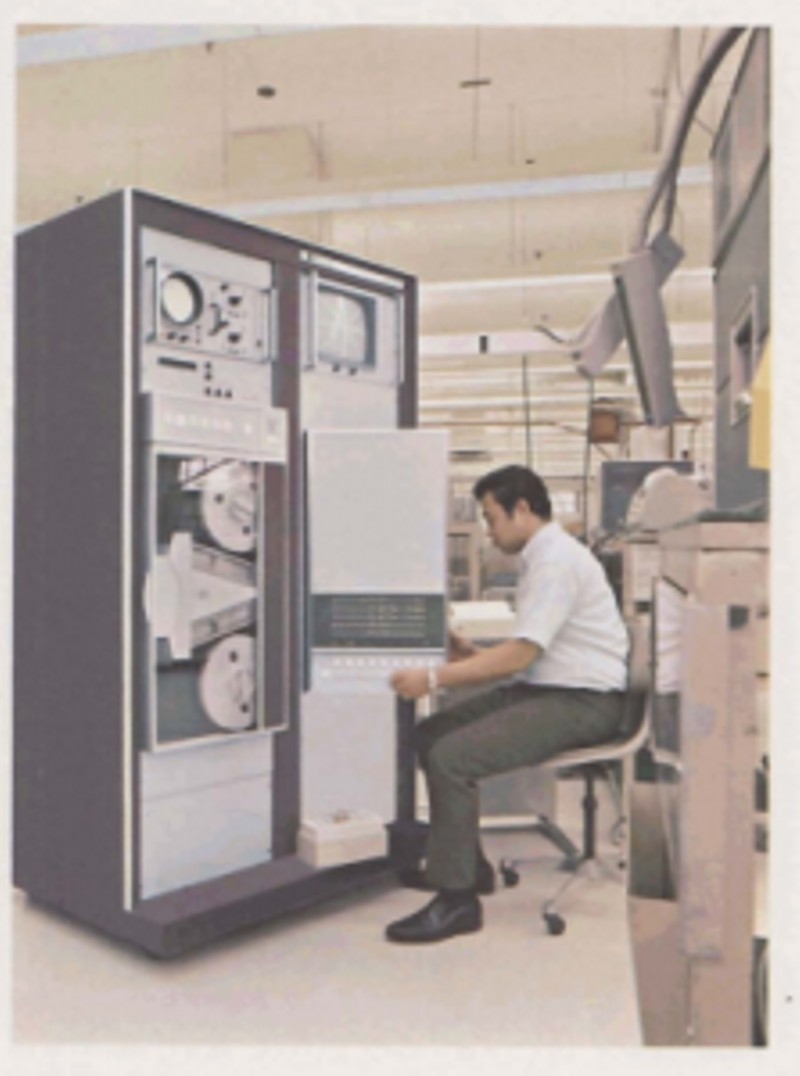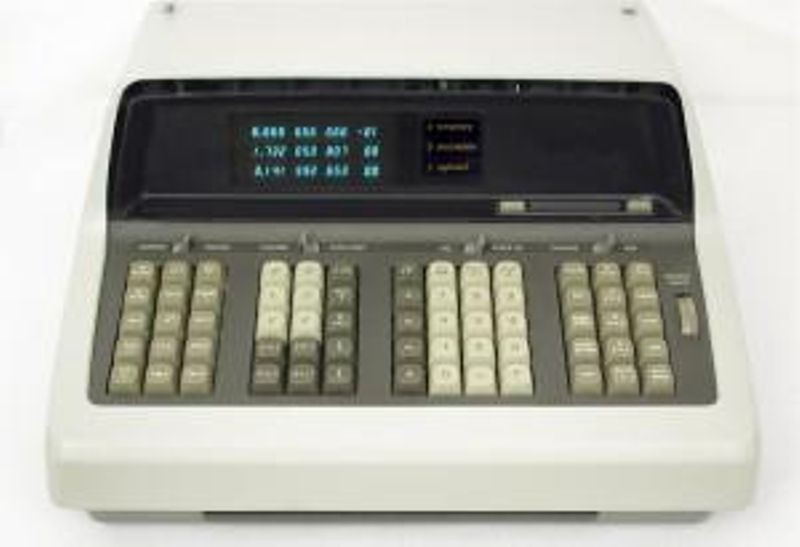
Amidst a sea of computer vendors, the 1966 Fall Joint Computer Conference booth for an obscure instrument manufacturer, Hewlett-Packard, was insignificant. Their lone product, the HP 2116, said “Computer” on the front panel, but the company called it an “Instrumentation Controller.” Founder David Packard was clear: “We won’t compete with key customer IBM, a company 20 times larger than HP.”
The HP 2116 was the second 16-bit computer offered for sale worldwide, after the DDP-116, from an equally obscure Massachusetts company, CCC, in 1965. Digital Equipment Corporation (DEC) didn’t introduce a 16-bit machine until 1970—the PDP-11.

HP 2116, Computer History Museum
You’d think HPE and HP Inc. (HP’s derivative companies) would vigorously celebrate this anniversary, awarding “high-fives,” complete with product and team description and pictures—the what and the who, even the how. Oddly, they haven’t. Which poses interesting questions—why did the HP 2116 happen? And why is it so unheralded?
HP’s arrival in the computer business was unique—HP, the largest electronic instrumentation company in the world in 1965, had no taste for branching far from its roots. Meanwhile, business computing had become BIG business, with business machine giants IBM, NCR, and Burroughs competing vigorously with electronic giants GE, RCA, and Honeywell, plus several true computer startups—UNIVAC, CDC, and recent upstart DEC. These were all East Coast companies; computer history is almost entirely written about their evolution since they then accounted for nearly all of the world’s computing revenues.
But there is another side—“Category Creation”—at which HP proved uniquely adept. Category Creation is distinguished when virtually none of your existing competitors chooses to enter the new arena, while hosts of new competitors arise. The new categories HP Labs pioneered in a brief five-year period were (1) ruggedized computers, (2) CRT-based displays, (3) algorithmic answer-producing calculators, and (4) portables.

HP 2116 with the HP 1300 above, 1968 HP Annual Report
The story began in Southern California, where computer pioneers at Caltech, UCLA, and aircraft companies designed small rugged scientific computers—during and after World War II. Northrop alone spun out 14 scientific computer startups, subcontracting HP for some manufacturing. By 1955, half of the world’s installed computers were from Southern California firms. Some were acquired to kick-start East Coast business companies (Honeywell, NCR, and Burroughs). Only Scientific Data Systems (later bought by Xerox) thrived on the West Coast.
Electronic instrumentation, like business computing, was East Coast centric. Eighteen companies before 1947 were east of the Mississippi, building communications industry tools. Only HP was on the West Coast. Instrumentation moved west with a vengeance by 1960—with 13 western startups to three eastern, building digital tools for emerging computing companies.
Digital voltmeters (DVM) were the key. HP built 70 percent of analog voltmeters sold, but delayed building DVMs for a decade. When HP finally had a winner, they discovered a critical flaw. It made six measurements a second, but no technician could write answers that fast. They tried DEC’s PDP-8 for data logging, which balked in dirty and hot environments where voltmeters operated. Thus, HP Labs constructed the 2116 ruggedized “Instrument Controller” for data collection. The “controller” cost seven times as much as the DVM; HP sold just five units in the first nine months. Tom Perkins, the new general manager, said, “This is a computer, not a controller,” changing the message and sales force. Very rapid growth ensued, and HP became irrevocably a computer company. None of the dozen DVM manufacturers entered this new field, a Category Creation, but HP’s uniqueness was short-lived. When HP entered, there were only five minicomputer vendors. Within four years, there were 55.
Because the 2116 produced scientific “answers,” graphs and plots had to be displayed, not just tabular data or words. Thus the HP 1300 X-Y Display emerged, and HP’s 1968 Annual Report featured four separate “clusters” of a combination 2116 and 1300 (Figure 1). It also showed a new machine, the HP 9100 calculator (Figure 2) with a built-in CRT display and algorithmic key sequences, many originating from Southern California aircraft computing.
By January 1972, the handheld scientific calculator—the HP 35—was introduced, followed by the business-focused HP 80, which begat the world’s most popular business calculator, the HP 12C.
It took several years for other computer companies to include CRT displays; none of the 55 minicomputer vendors built an algorithmic calculator. Of the 12 new companies who did, none built handheld or portable versions. And no business computer company ever built a business calculator. Category Creation was highly successful for HP, but computer industry analysts missed the significance for decades, remaining focused on business machines.

Figure 2. HP 9100B, HP Memory Project
Clearly, those transformations were ultimately successful—a 2001 McKinsey study found that HP was the fastest growing public company in America from 1962 through 1998. And, by 2003, this Category Creation strategy enabled HP to surpass IBM as the largest computer hardware manufacturer on the globe, a position that its two component derivative companies still hold today. Unheralded, unremarkable—or astounding?
It all began with the HP 2116. Fifty years ago. See the HP 2116′s recent restoration, just in time for its 50th anniverary.
Hewlett-Packard 2116A 50th Birthday, HP Computer Museum..
House, Charles H. and Raymond L. Price, The HP Phenomenon, Innovation and Business Transformation, Stanford University Press, Palo Alto, CA, 2009.